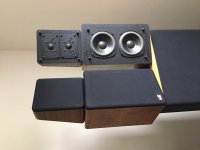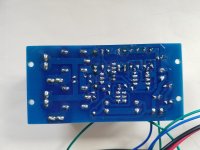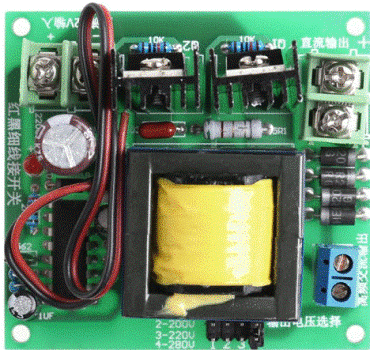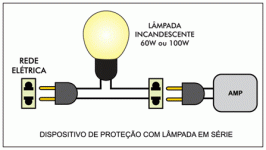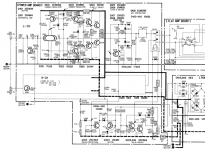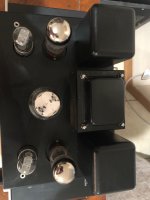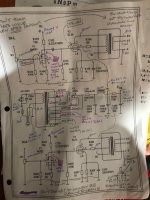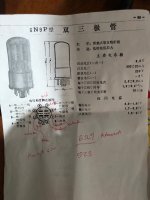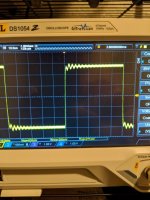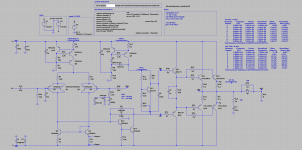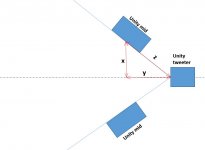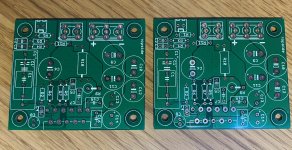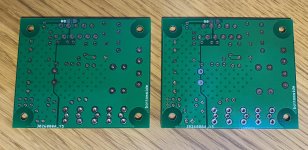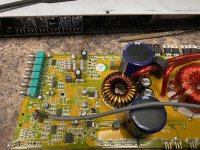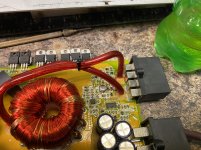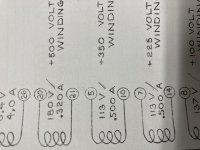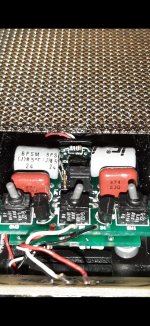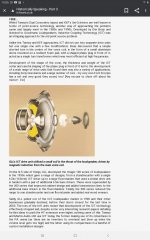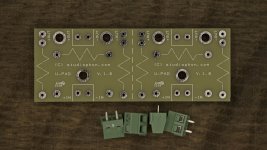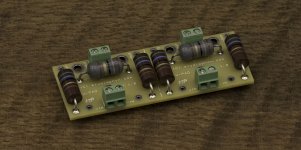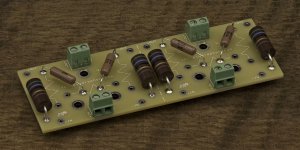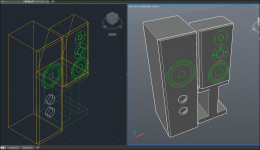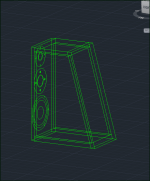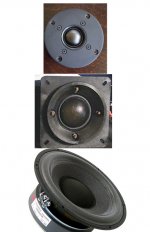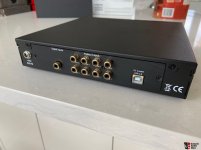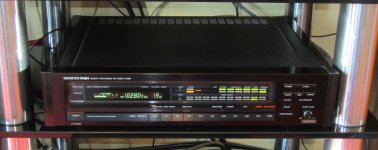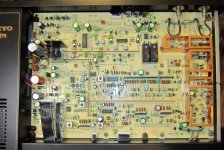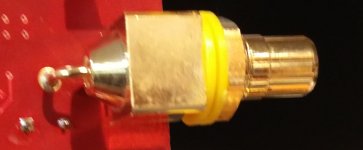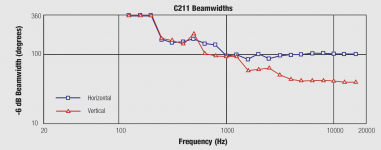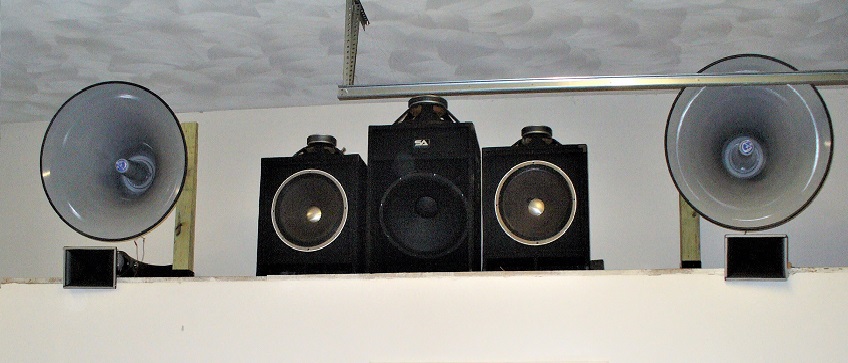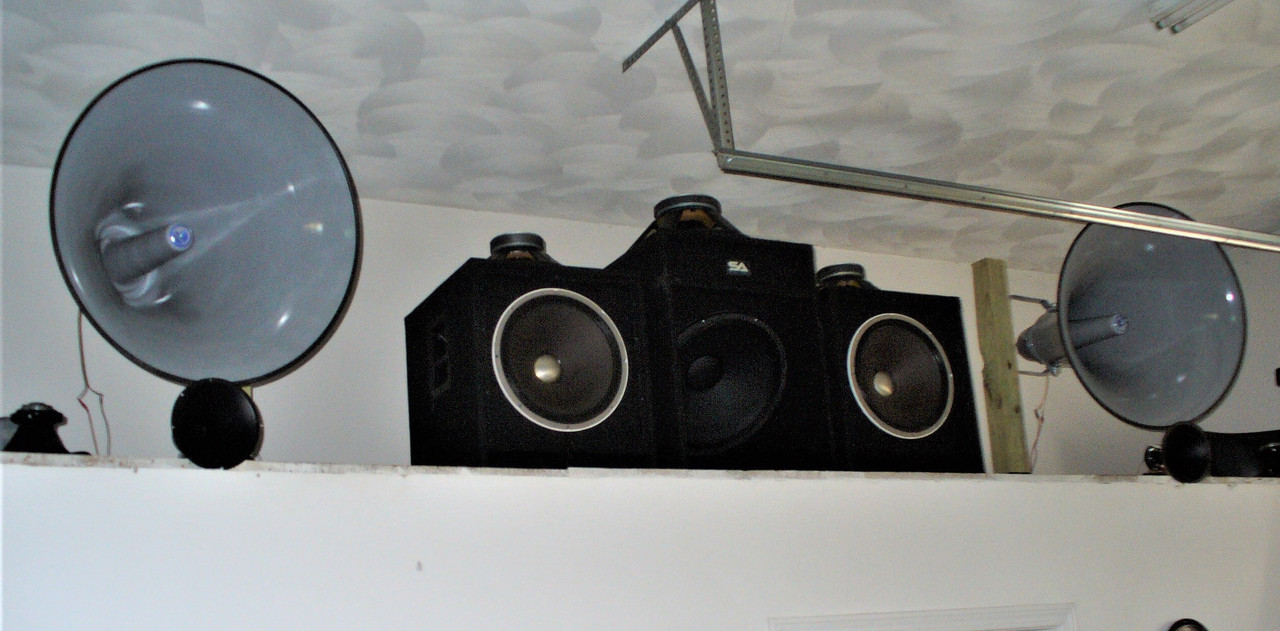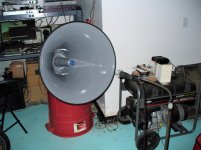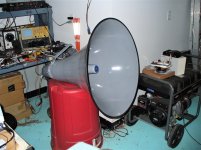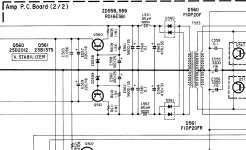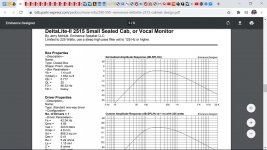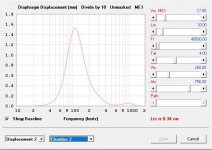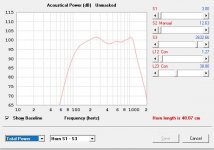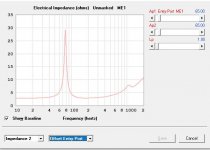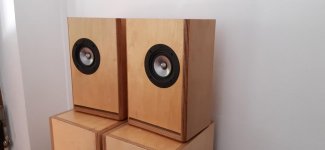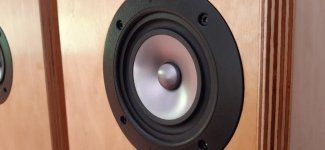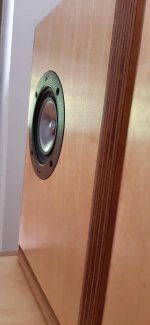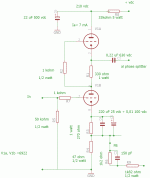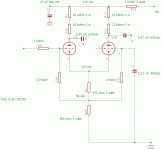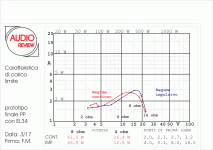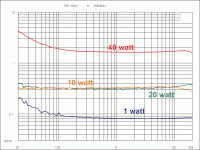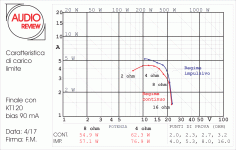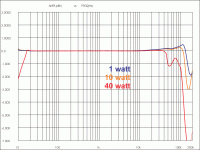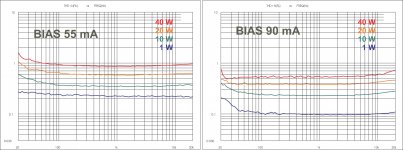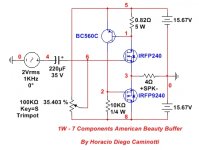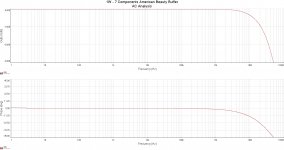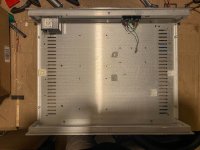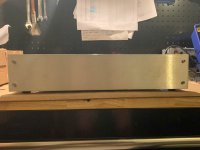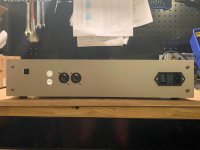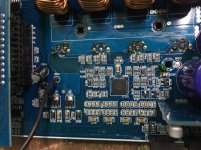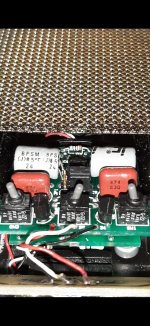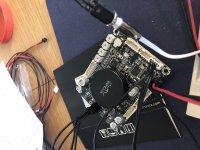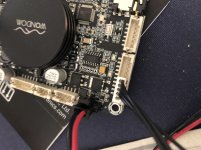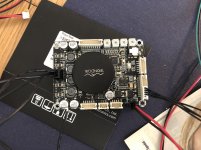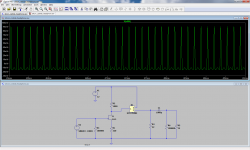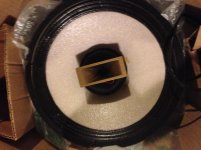For those interested, the 'unorthodox' system I described in
An Unorthodox and Affordable 1st Class System
may undergo a physical change. Why? Mostly because it's a hobby and it's never finished. But I thought my latest unit under test might be of interest if only because of its seeming absurdity.
The system already employs the (IMO magnificent) Atlas CJ-46 horn and PD-5VH driver for midrange duties, currently set at 200hz-3khz. But as you've probably noticed, there's a persistent and near-universal urge to extend horn response as low as possible. A little fishing around made me too curious to avoid looking at another horn/driver setup, currently as mentioned under test. I expected to pack away both items and send them back after observing either poor performance (for my hifi uses) or simply not enough improvement to justify trying to implement a pair. The horn is an Atlas DR-72, the driver an Atlas PD60A. Though seemingly equipped with transformers (I haven't looked yet), the driver is configured for straight-thru 16 ohm connection. Typically drivers of this sort have been taken apart and the transformers totally disconnected. Here I'm not sure. Tests have shown undistorted output down to 150hz, slight distortion at 140 and very visible (though oddly listenable) at 130. Considering where I drive the extant horns, I extrapolate that I could take down the high-pass to perhaps 175hz (or lower?).
Worth it? I'm not sure yet. Amplitude variations, which are smooth, can be compensated. Phase response was pretty stunning, better even than the extant horns/drivers. HF extension is fine (3khz will be the low-pass). Efficiency is absurd. So what's to stop my buying another horn/driver and trying this out? The cost increment over the current setup is only ~$220.
At this point, the concerns are
* not enough testing yet.
* possible ringing from the all-aluminum structure (CJ-46 is fiberglass), though I haven't sensed any. The scope showed remarkable reproduction of repeating 300hz and 3000hz tone bursts. But even if ringing showed up, the horn bell exterior could be damped easily enough.
* efficiency is so great that idle noise actually may be an issue. I think I can compensate, with shunt resistors if nothing else.
* the real reason --- the sheer size. Note photos. Yes, that is an inverted industrial trash can on which the UUT is perched, and that is a good-size mobile home generator next to it. Mouth diameter is spec'd at 31" (it's really 30" according to my yardstick). Oddly though it's not that heavy.
But so far, at least, things are trending toward a 'yes'.
dr72_1.jpg
dr72_2.jpg
UPDATE 9/12/20: Despite bad placement, dropped the buzz/scope tests to hook it up to the actual system and hear real music. Results even more surprising than scope tests. Where's my wallet?
UPDATE 9/19/20: And here it is. The sound is magnificent and midrange has never been so well defined. Void of 'harshness'. I think I'm starting to like round horns. The sound is smooth and melodic, not at all what you might think from the picture. Crossover to mids at 180hz. My 15" Altecs appear to have shrunk!
UPDATE 9/23/20
For no real reason I decided to find out whether a round-mouth tweeter might make a better match for the big mids. I already had two Eminence F110M drivers (their smaller ring radiator) and a couple of Dayton H08RW horns sitting around so I tried the combo. I don't know if it's 'better', but it certainly doesn't sound worse. Tests well too.


